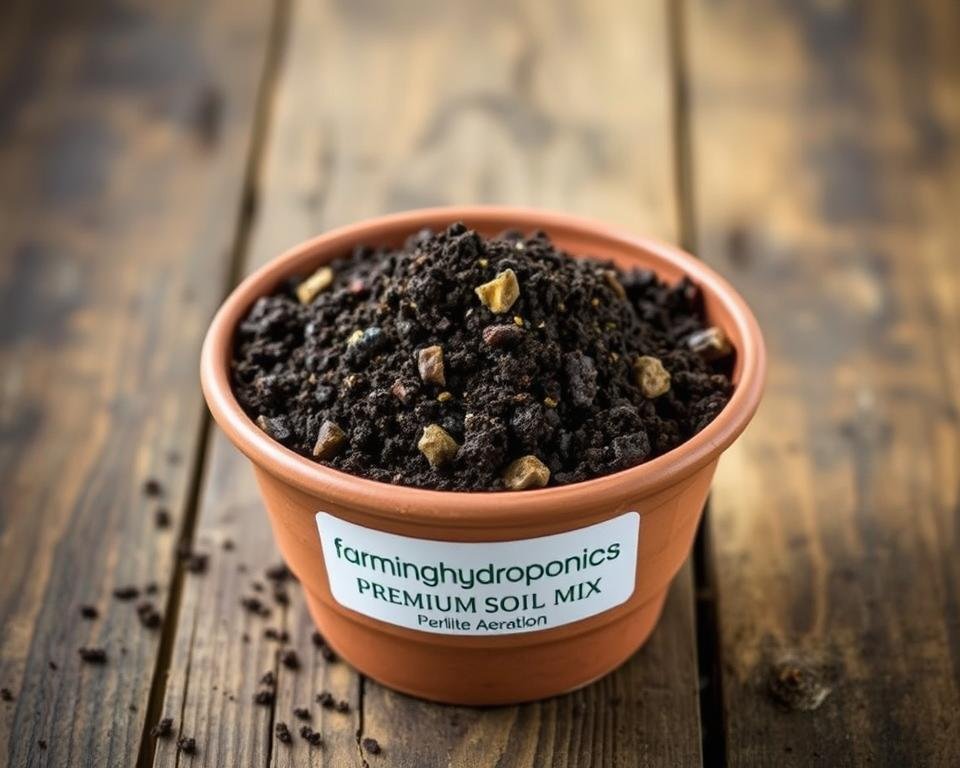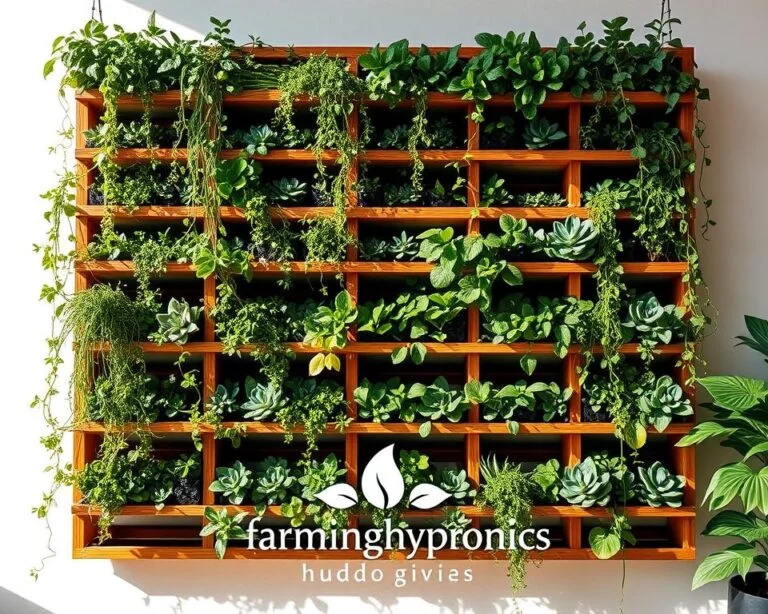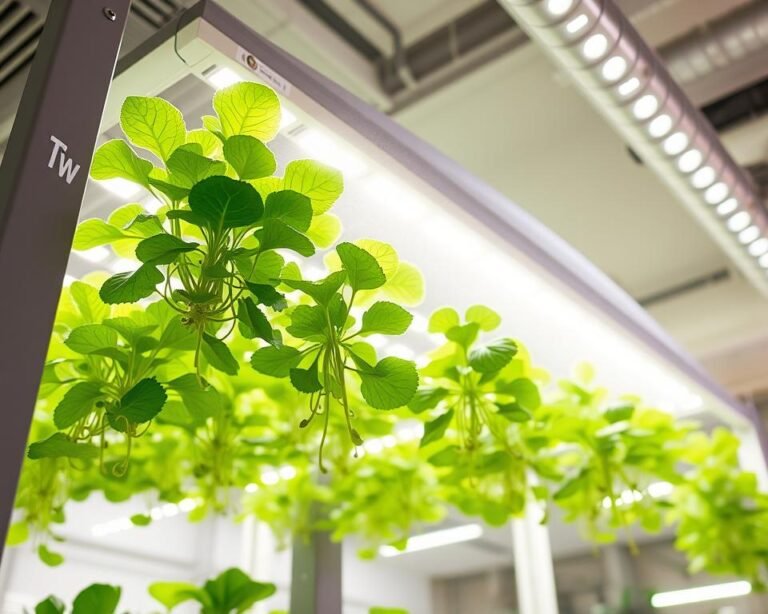The Perfect Soil Mix for Container Gardening Success
Growing plants in containers has turned my small balcony into a lively garden. I learned that the key to healthy plants is the perfect soil mix. Your soil mix is the base of a successful container garden, affecting whether plants thrive or not.
Container gardening is great for those with little space. It’s perfect for growing herbs, veggies, or decorative plants. The right soil mix gives plants the nutrients, drainage, and support they need.
Knowing what makes a good container gardening soil mix is important. A basic mix is 50/50 sphagnum peat moss and perlite. But, you can adjust it for different plants. Perlite is key for better drainage and air, helping roots grow well in containers.
Key Takeaways
- Container gardening allows flexible plant growth in limited spaces
- The perfect soil mix is crucial for plant health and success
- Perlite and peat moss form the foundation of an effective growing medium
- Customized soil mixes can address specific plant requirements
- Proper drainage is essential for container plant survival
Understanding Container Gardening Basics
Container gardening is a fun way to grow plants in small spaces. It gives gardeners control over their growing area. Whether you live in the city or suburbs, it can change your outdoor space.
The success of container gardening depends on a few key elements. Your potting mix is crucial for plant health and growth.
Benefits of Container Growing
- Maximum control over soil composition
- Improved moisture retention
- Flexibility in plant placement
- Ideal for small or restricted spaces
- Easy management of plant growth conditions
Types of Container Gardens
Containers are made from various materials, each affecting plant growth. Knowing these differences helps you choose the right one for your garden.
| Container Material | Moisture Retention | Durability |
|---|---|---|
| Plastic | High | Lightweight, affordable |
| Terracotta | Moderate | Breathable, traditional |
| Ceramic | Low | Decorative, less practical |
| Fabric Grow Bags | High | Excellent drainage |
Essential Gardening Equipment
Good container gardening needs basic tools and knowledge. Proper equipment can make the difference between struggling plants and a thriving garden. Invest in quality potting mix, containers with drainage, and tools for container gardening.
- High-quality potting mix
- Containers with drainage holes
- Watering can with precise spout
- Pruning shears
- Gardening gloves
Container size is important. A 10″ to 12″ pot can hold 3-4 plants. A 16″ to 20″ pot can hold 6-9 plants. Always leave a couple of inches at the top to prevent soil spillage and manage moisture.
Choosing the Right Containers for Your Garden
Choosing the perfect container is key for a successful garden. It affects plant health, soil, and garden performance. The right container ensures good aeration, drainage, and organic growth.

- Size: Most vegetables need containers at least 12 inches in diameter
- Material durability and plant needs
- Drainage capabilities
- Environmental conditions
Container materials greatly impact plant growth. Each material has its own benefits:
| Material | Pros | Cons |
|---|---|---|
| Plastic | Lightweight, affordable | Less durable, may fade |
| Clay | Excellent breathability | Heavier, can crack |
| Ceramic | Attractive design | Expensive, fragile |
Pro tip: Make sure your container has drainage holes. This prevents root rot and helps plants grow well. Bigger containers hold moisture longer, so you water less often.
“The right container is the foundation of successful container gardening” – Gardening Experts
Organic gardening means choosing containers that help plants grow naturally. Look for materials that keep soil healthy and are good for the environment.
Perfect Soil Mix Components and Ratios
To make the best soil mix for container gardening, pick the right ingredients and measure them carefully. Growing healthy plants depends on a soil that drains well and has all the nutrients they need.

A top-notch container garden soil mix has several key parts. It’s all about creating a balanced mix that meets your plants’ needs.
Core Ingredients for Success
Your ideal soil mix should have these key parts:
- Compost: Gives plants the nutrients and microbes they need
- Perlite: Makes sure water drains well and air gets in
- Vermiculite: Keeps moisture in and makes soil better
- Topsoil: Provides a nutrient-rich base
Measuring and Mixing Guidelines
Here’s a recipe for a soil mix that’s full of nutrients:
| Ingredient | Quantity |
|---|---|
| Loose Topsoil | 6 cups |
| Compost | 6 cups |
| Worm Castings | 2 cups |
| Perlite | 2 cups |
| Coffee Grounds | 1 cup |
pH Balance Considerations
Soil pH is key for plant health. Perlite has a neutral pH of 7. Peat moss might need lime to balance its acidity. Aim for a pH that helps plants absorb nutrients well and grow strong.
By choosing and mixing your soil carefully, you’ll make a great place for your container plants to thrive.
Maintaining Soil Health Throughout the Growing Season
To keep your container garden healthy, you need to focus on the soil. Organic soil amendments are key for adding nutrients and keeping the soil structure right. Adding compost and aged manure after each harvest helps keep the soil rich with nutrients.
It’s important to check the soil’s pH balance. Most vegetables like a pH between 6.0 and 7.0. Use a soil test kit to find out if your soil needs anything. Remember, changing the pH can take a year, so be patient.
Using smart crop rotation helps keep the soil healthy. Switch between different types of plants to meet their nutrient needs. Planting cover crops like clover or rye between seasons can also improve the soil. This way, you help the soil breathe better, save water, and support good microbes.
For your container garden to do well over time, you must take care of the soil. Keep organic matter at about 25% of your soil mix. Choose natural compost over synthetic fertilizers. Also, protect your soil from extreme temperatures. With these steps, your garden will stay strong and productive for many seasons.







